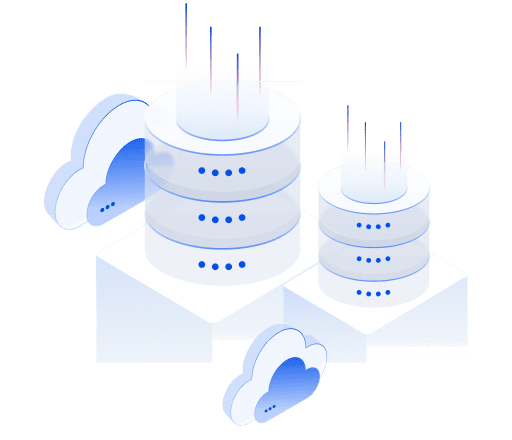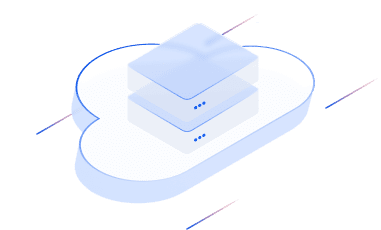
Reliable VPS.
Full Control.
Great Price.
Blazing-fast VPS, instantly delivered — with full control, scalable resources, and 24/7 support you can trust.
Unbeatable price. Premium performance.
Everything You Need. Nothing You Don’t.
Manage your VPS with our exclusive, high-performance control panel.
Instant Deployment
Create and launch your VPS in seconds via our intuitive control panel.
1-Click Backup & Restore
Back up or restore your VM anytime with just a few clicks.
Enterprise-grade Hardware
Reliable performance on modern infrastructure with SSDs & powerful CPUs.
Pre-built OS & Software Images
Choose from popular OSes (Ubuntu, Windows, etc.) or launch with cPanel, DirectAdmin, and more.
Uptime Monitoring & Alerts
Get real-time insights and alerts. We monitor your server to ensure top availability.
Custom ISO & Full Control
Upload your own images and manage everything with full root access and flexibility.
Deploy in Türkiye, Perform Globally.
Global InfrastructureChoose Türkiye for local performance or pick from 5 other global locations — Germany, UK, Netherlands, France and Canada — to serve your audience wherever they are.

Powerful VPS Plans. Unrivaled Prices.
Loved by Real Users, Backed by Real Results
See why professionals choose MaviHost for speed, reliability, and control.
Always online,
always here.
24/7 support,
99.9% uptime.
15+
Years of Proven Service
508K+
Users Worldwide
Your VPS Questions, Answered
Find clear answers to common questions about our VPS services.
What is a VPS and how does it work?
A VPS (Virtual Private Server) is a virtualized server that runs on powerful hardware and provides dedicated resources for your applications or websites. You get full control, similar to a dedicated server, but at a lower cost.
How quickly can I get my VPS after ordering?
Your VPS will be ready in minutes with instant deployment after payment confirmation.
What operating systems are available for installation?
You have the option to enable backups and snapshots directly from your control panel at any time, giving you full control over how and when your data is protected.
Do you provide full root or administrator access?
Yes, all VPS plans come with full root (Linux) or administrator (Windows) access.
Is my data backed up automatically?
You have the option to enable backups and snapshots directly from your control panel at any time, giving you full control over how and when your data is protected.
Where are your VPS data centers located?
We have data centers in Turkey and Europe for low-latency, high-performance connectivity.
What kind of support do you provide for VPS hosting?
Our expert team is available 24/7 via ticket, live chat, and email for technical or billing support.
Can I run any software on my VPS?
Yes, as long as it complies with our Terms of Service and local laws, you have full freedom to install and configure your VPS.
What is your uptime guarantee?
We provide a 99.9% uptime SLA to ensure your VPS stays online and available.






